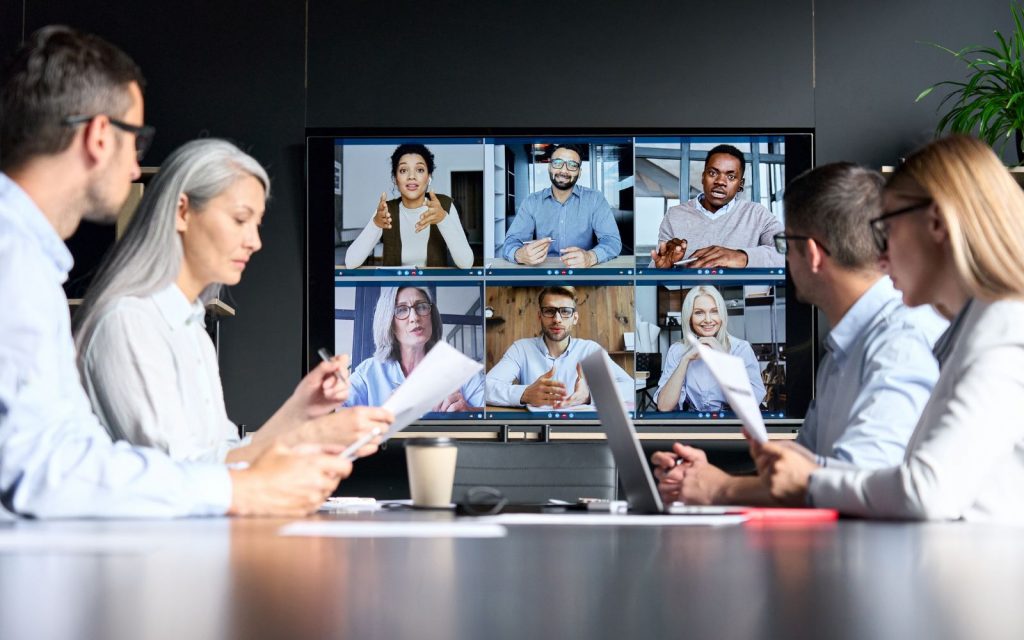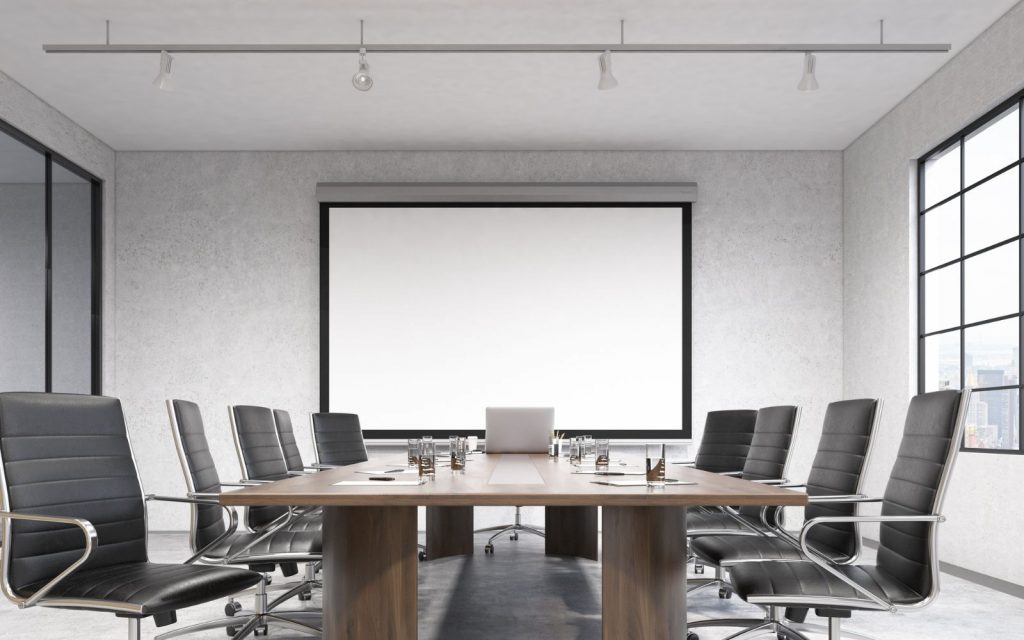Storage
Availability
Productivity in a meeting room is a crucial element to achieving great results in the business world. A well-managed meeting can foster creative ideas, facilitate decision-making, and enhance collaboration among team members. However, the reality is that not all meetings are productive.
Have you ever sat in a lengthy meeting only to feel that you've achieved very little by the end?
To prevent such scenarios, we've compiled a list of nine effective strategies to ensure you maximise productivity each time you step from office or into a meeting room. Buckle up as we dive into these keys to unlock higher efficiency and better outcomes from your meetings.

Meetings are an integral part of any business or organisation. They serve as a platform for brainstorming ideas, making decisions and discussing important matters. However, meetings can often be unproductive and time-consuming if not managed efficiently. This is why it is crucial to maximise productivity in a meeting or conference room management too.
Efficient and productive meetings lead to better decision-making, improved communication, and increased overall productivity. By implementing these 10 ways to maximise productivity in a meeting room, you can ensure that your meetings are productive and achieve their intended goals.
In this section, we will delve into specific strategies that can significantly enhance productivity during meetings. These strategies are developed based on rigorous research and practical experiences, aiming to make meeting spaces and tackle diverse issues that may hinder the optimal utilisation of meeting time. Let's explore these productivity-boosting strategies.

One of the most critical aspects of maximising productivity in a conference room or a meeting room is scheduling meetings effectively. This means setting an appropriate day, time and duration for the meeting. Consider participants' schedules and select a time that works best for everyone to attend without distractions or conflicts.
It is also crucial to set a realistic duration for the meeting. Too short, and you may not cover all important topics; too long, and you risk losing participants and attendees' attention. Aim for a meeting duration that allows for in-depth discussions while also respecting everyone's time.
To maximise productivity in a meeting, it is vital to have a clear agenda and objectives. This sets the tone for the meeting and ensures that everyone knows what will be discussed and the expected outcomes. A well-defined agenda helps keep discussions on track, avoid time and energy-wasting tangents, and ensures that all topics are covered within the allotted time.

Assigning roles to participants and having them prepare for leading the meeting beforehand can significantly contribute to its productivity. This could include assigning a moderator, timekeeper, note-taker, and discussion facilitator.
By preparing ahead of time, participants can research and gather necessary information, making their presentations and discussions more informed and productive. Role assignment also ensures that tasks are distributed evenly among participants,
Creating an optimal meeting room setup, layout and environment can have a significant impact on productivity. A well-lit and comfortable room with proper ventilation is essential for keeping participants alert and focused. The seating arrangement should also be conducive to discussions, such as a roundtable or U-shape, allowing everyone to see and hear each other easily.
Moreover, consider using technology to enhance the meeting experience, using equipment such as projectors, whiteboards, and video conferencing tools. This can improve communication and collaboration among participants.
Establishing ground rules before the meeting starts can help prevent disruptions and keep discussions on track. These rules should include guidelines for speaking time, cell phone usage, and respecting others' opinions.
Leveraging technology can significantly enhance productivity in a meeting room. Consider using collaborative tools and software to share documents, take real-time notes, and assign tasks. This not only saves time but also promotes better organisation and communication.
Here are some examples of technology that can dramatically improve the efficiency of your meetings:

All participants should have the space and opportunity to contribute and share their ideas during a meeting. This not only ensures that all perspectives are heard but also promotes a sense of inclusivity and collaboration. Encourage introverted or quieter participants to speak up, and always open the floor for questions and feedback.
Time management is crucial in maximising productivity in a meeting room. Start the meeting on time, stick to the agenda, and allow enough time for each topic. Avoid going over the designated time unless absolutely necessary. This shows respect for everyone's time and ensures that discussions in meeting rooms are focused and productive.

Lastly, post-meeting follow-up is essential to ensure that all tasks and decisions made during the meeting are properly executed. Assign someone to send out a summary of the meeting, including action items and responsibilities. This helps keep everyone accountable and ensures that progress is made towards achieving the objectives set during the meeting.
Finally, continuous evaluation and improvement are necessary to maximise productivity in a meeting room. After each meeting, employees take the time to assess its effectiveness and identify areas for improvement. This not only helps make future meetings more productive but also demonstrates a commitment to constantly striving for better results.

By implementing these strategies, you can significantly enhance productivity in your meeting room. Remember to be flexible and adjust accordingly to the needs of your team. With careful planning, effective communication, and a focus on continuous improvement, you can make every meeting a productive success.
In addition to these strategies, it is also important to establish a positive mood and collaborative atmosphere in meetings. Encouraging open communication, active listening, and respectful discussions can create a conducive environment for productivity.